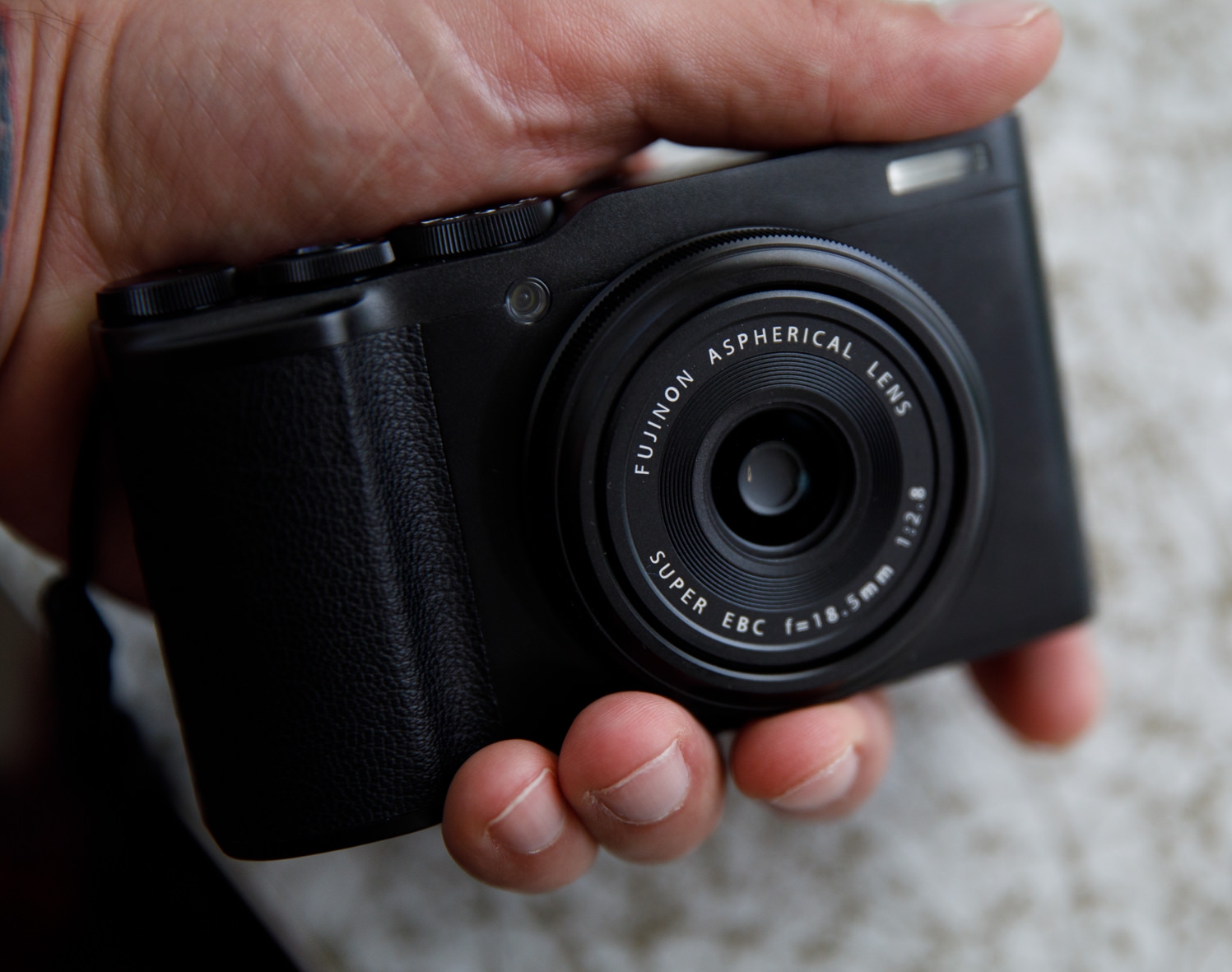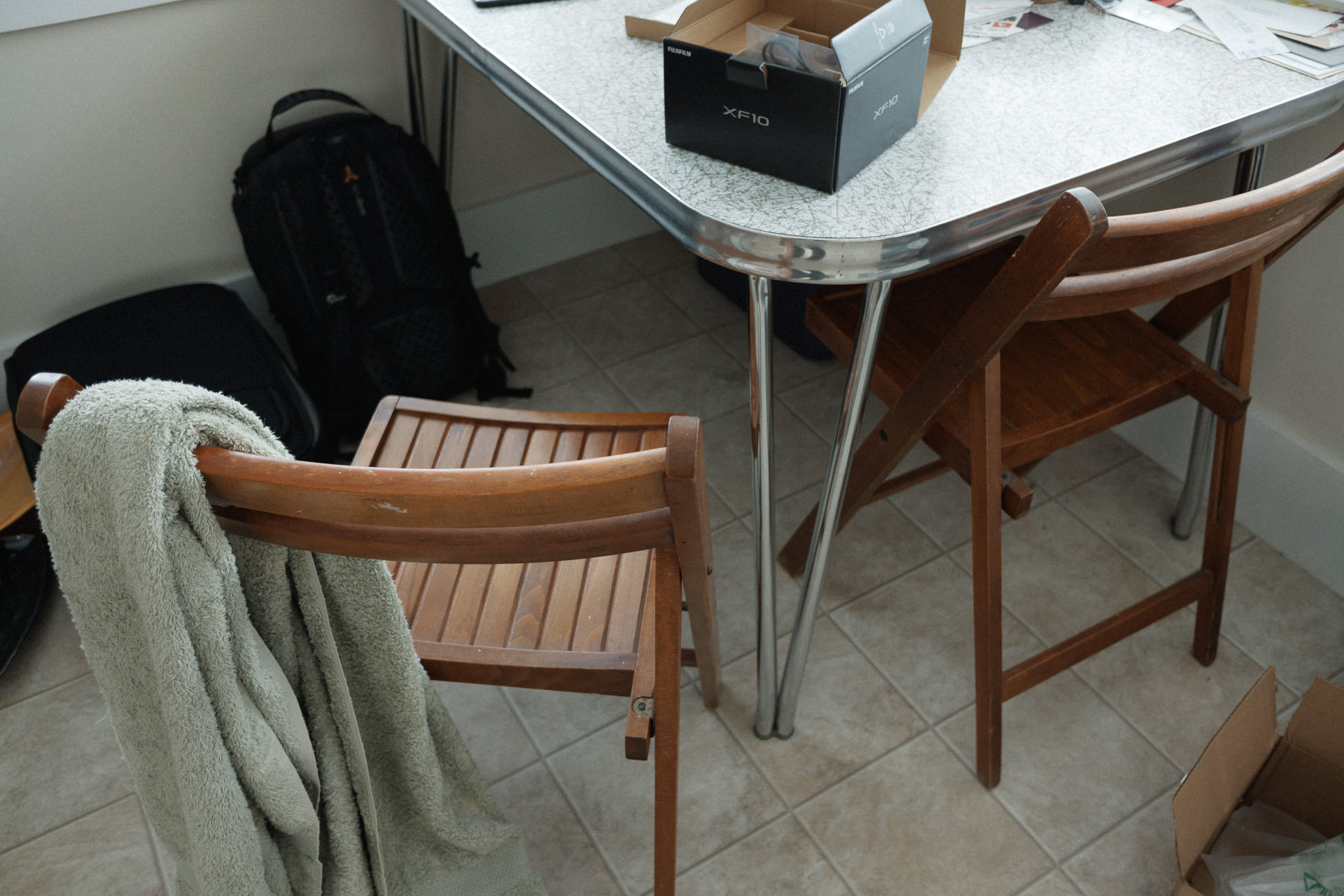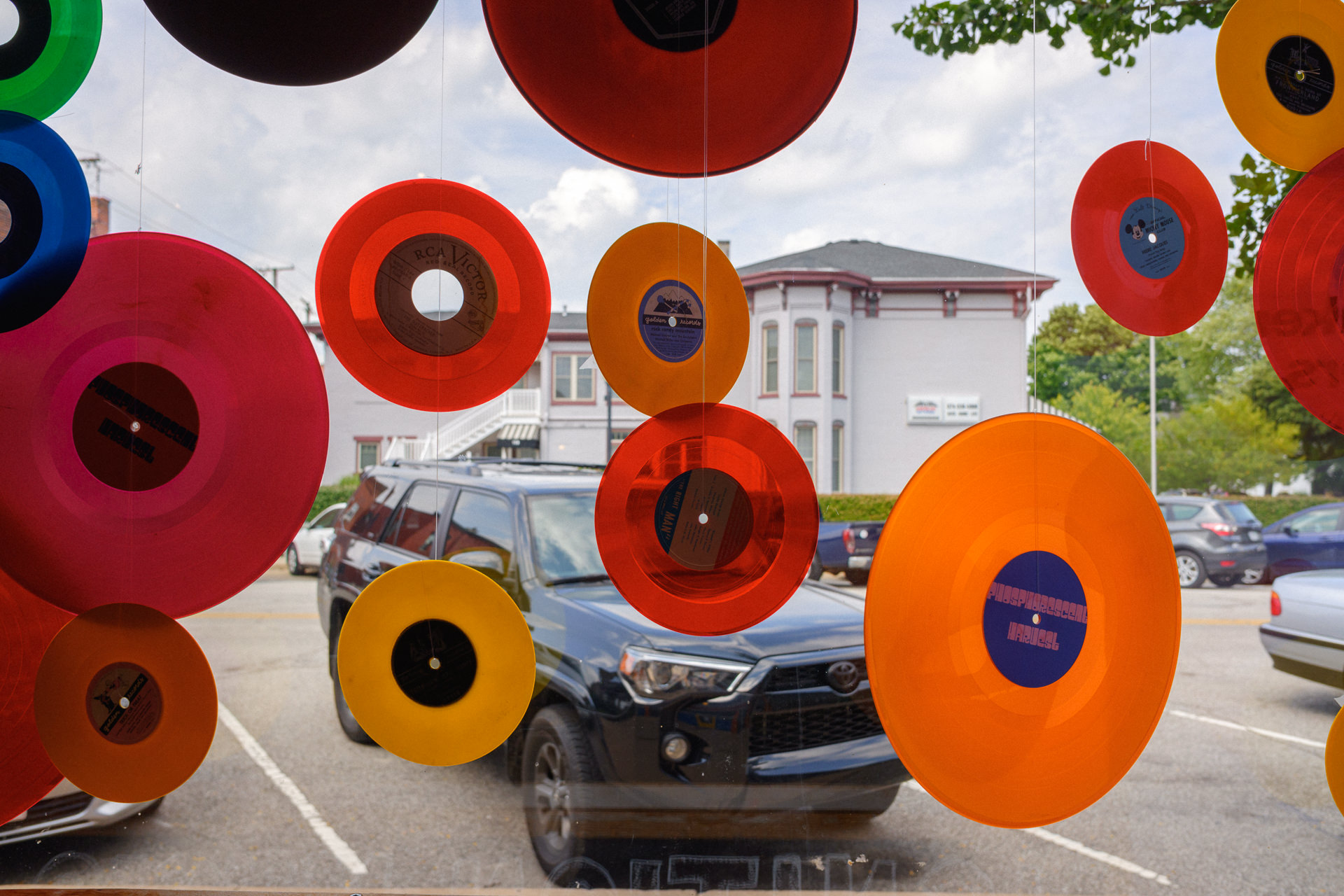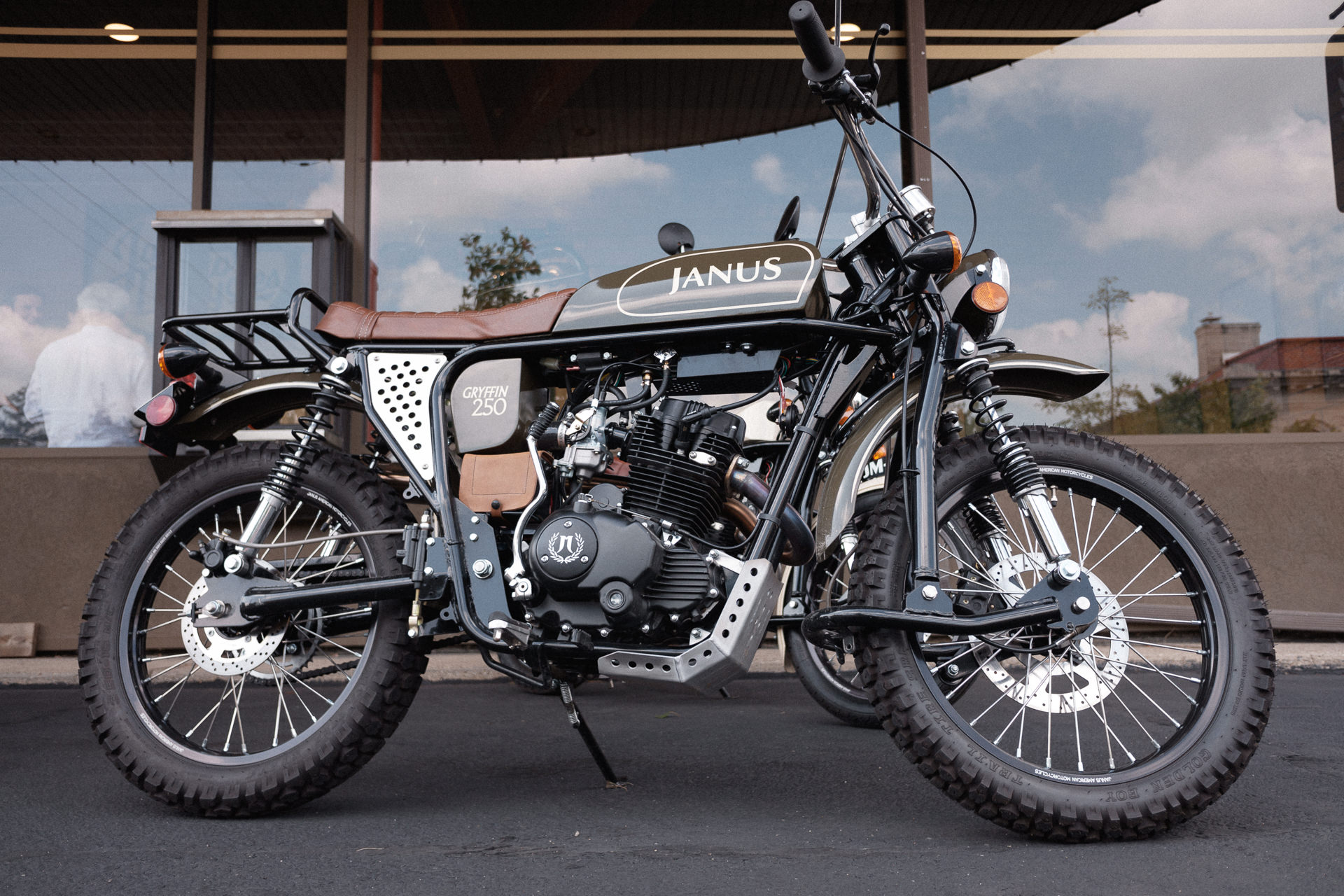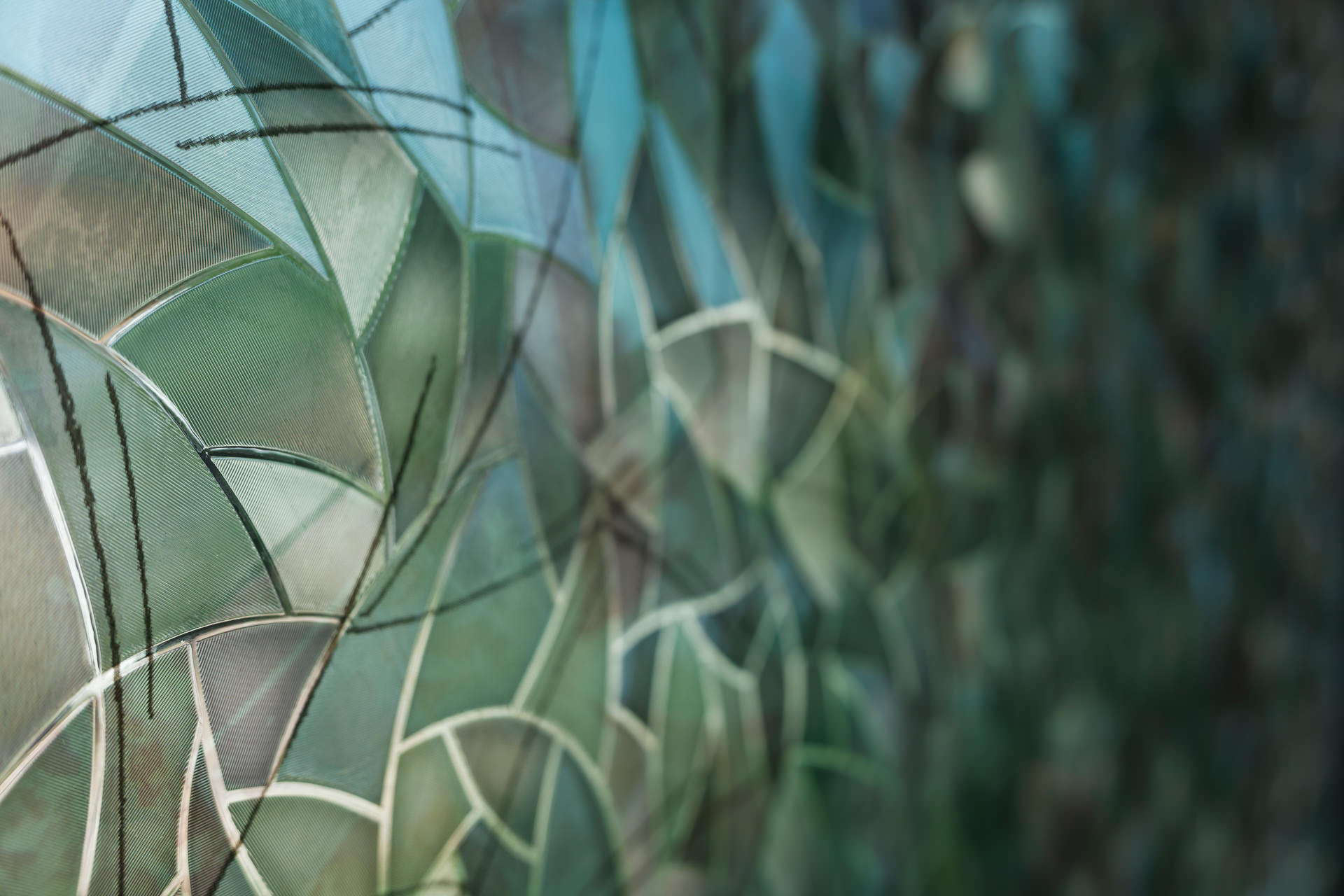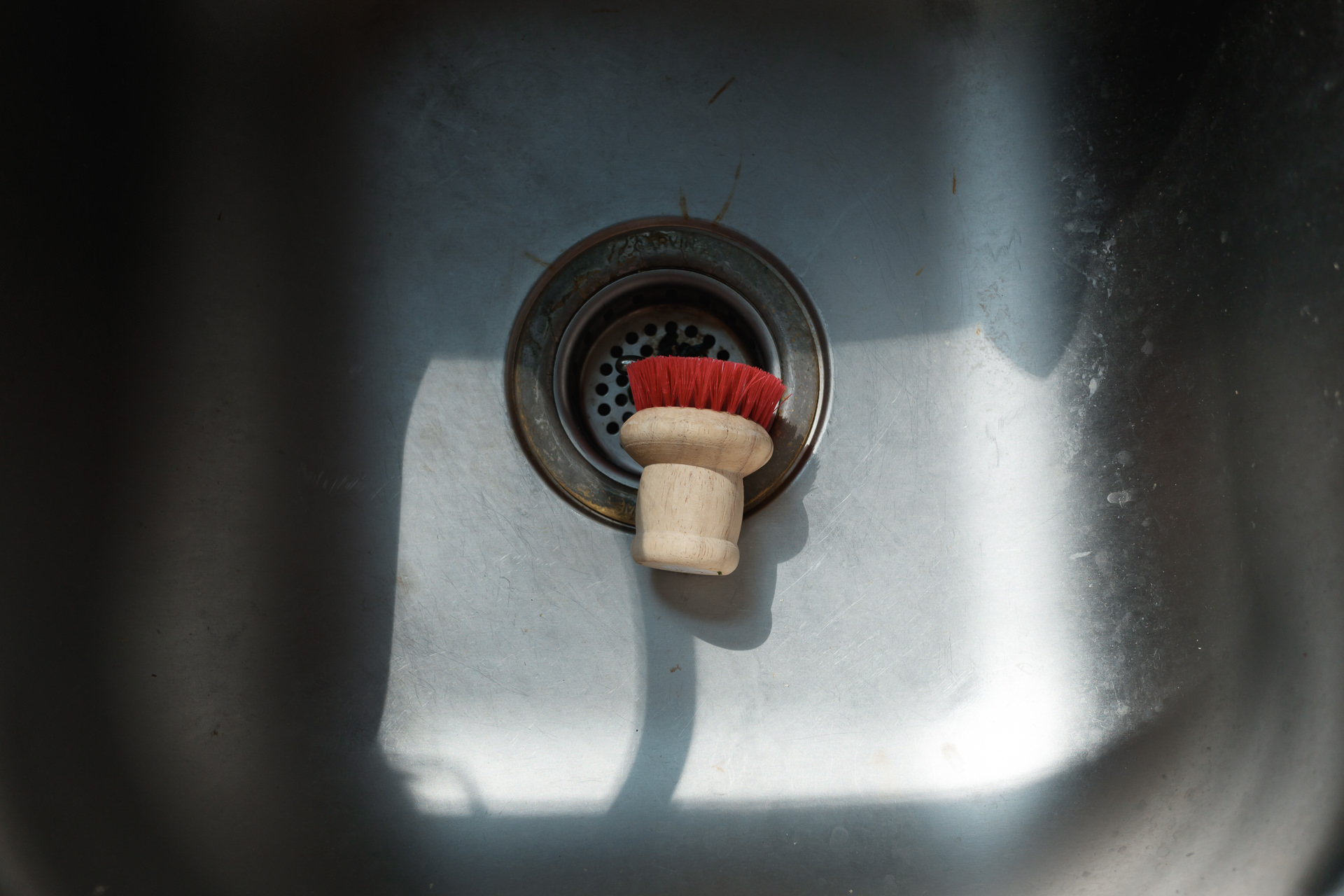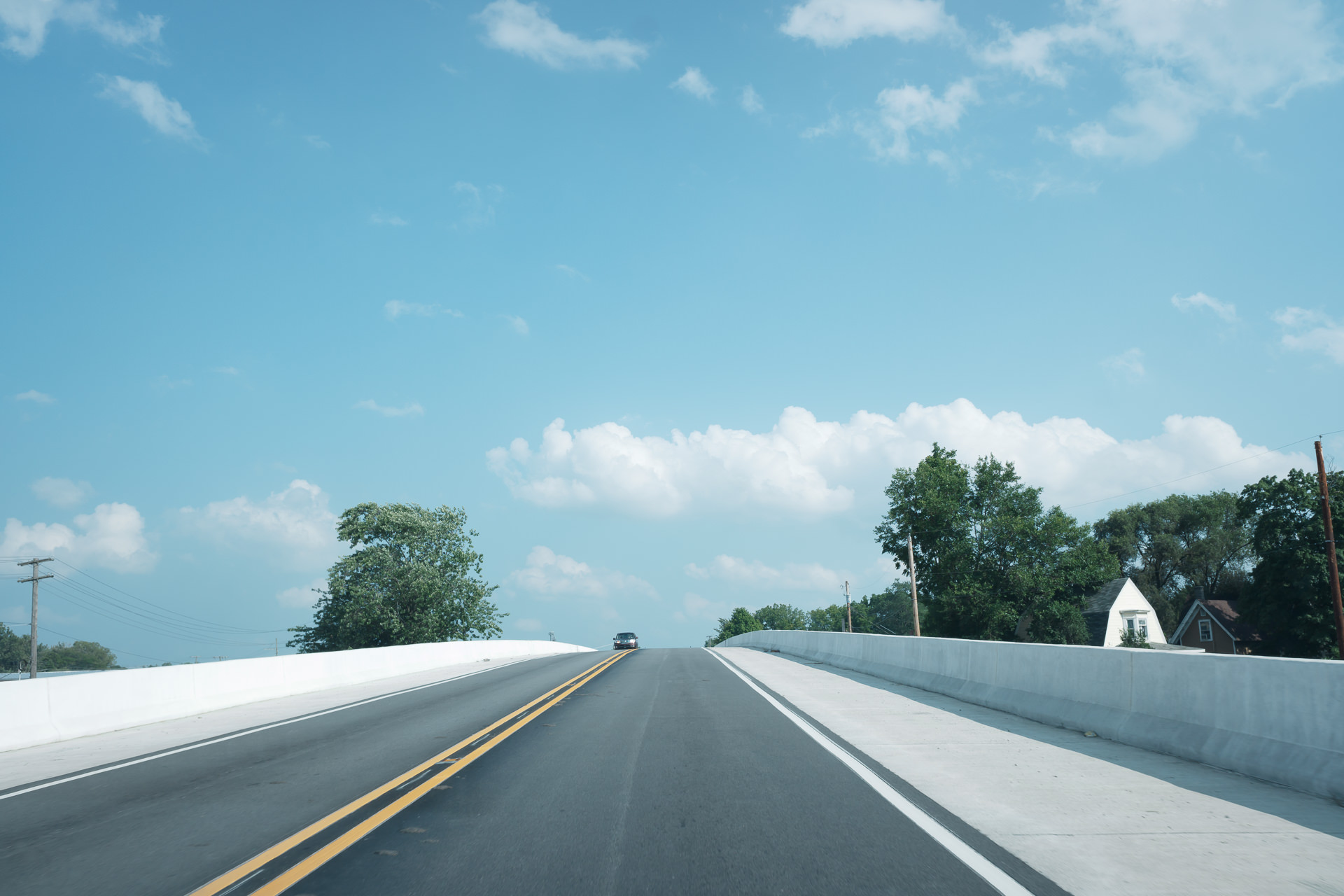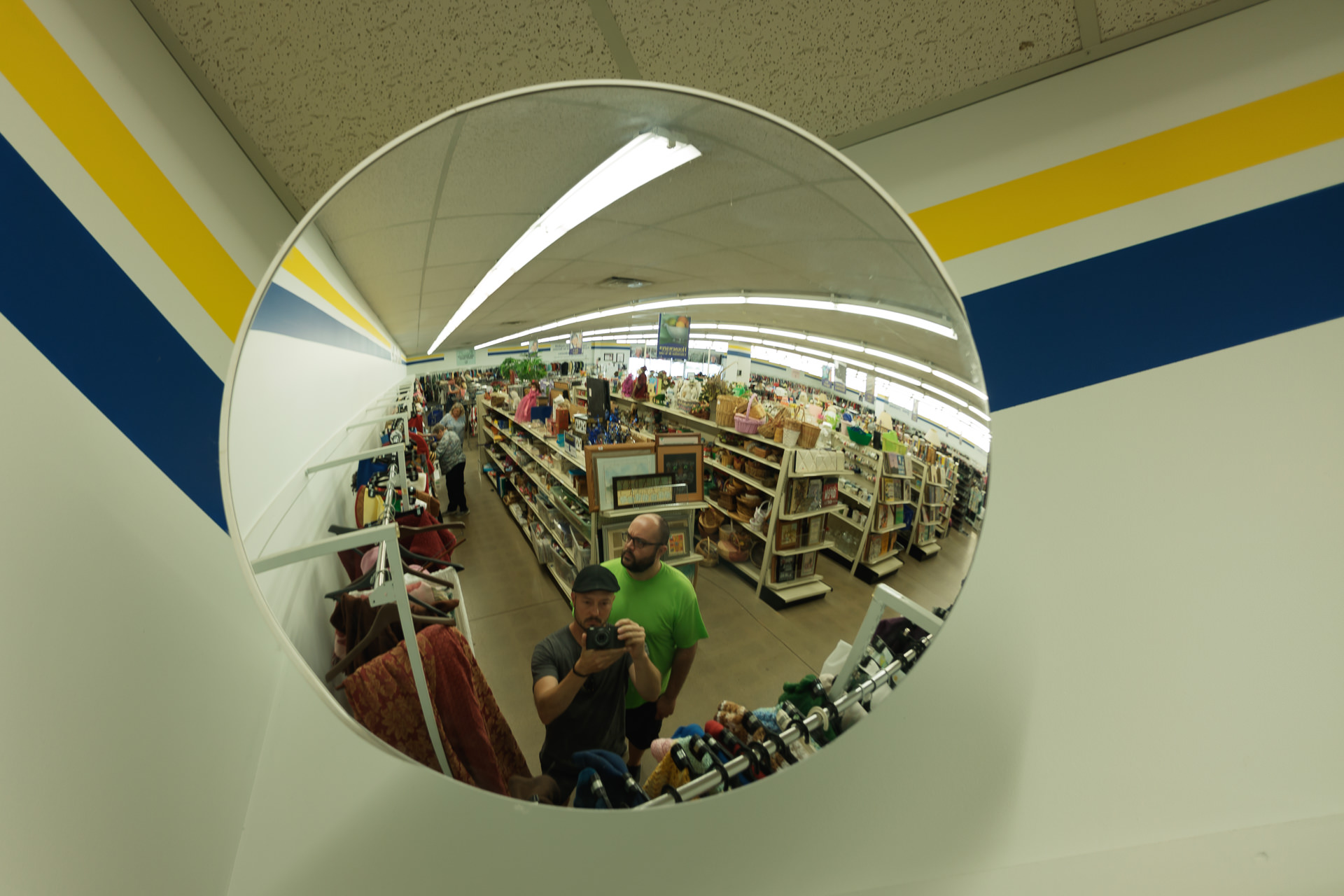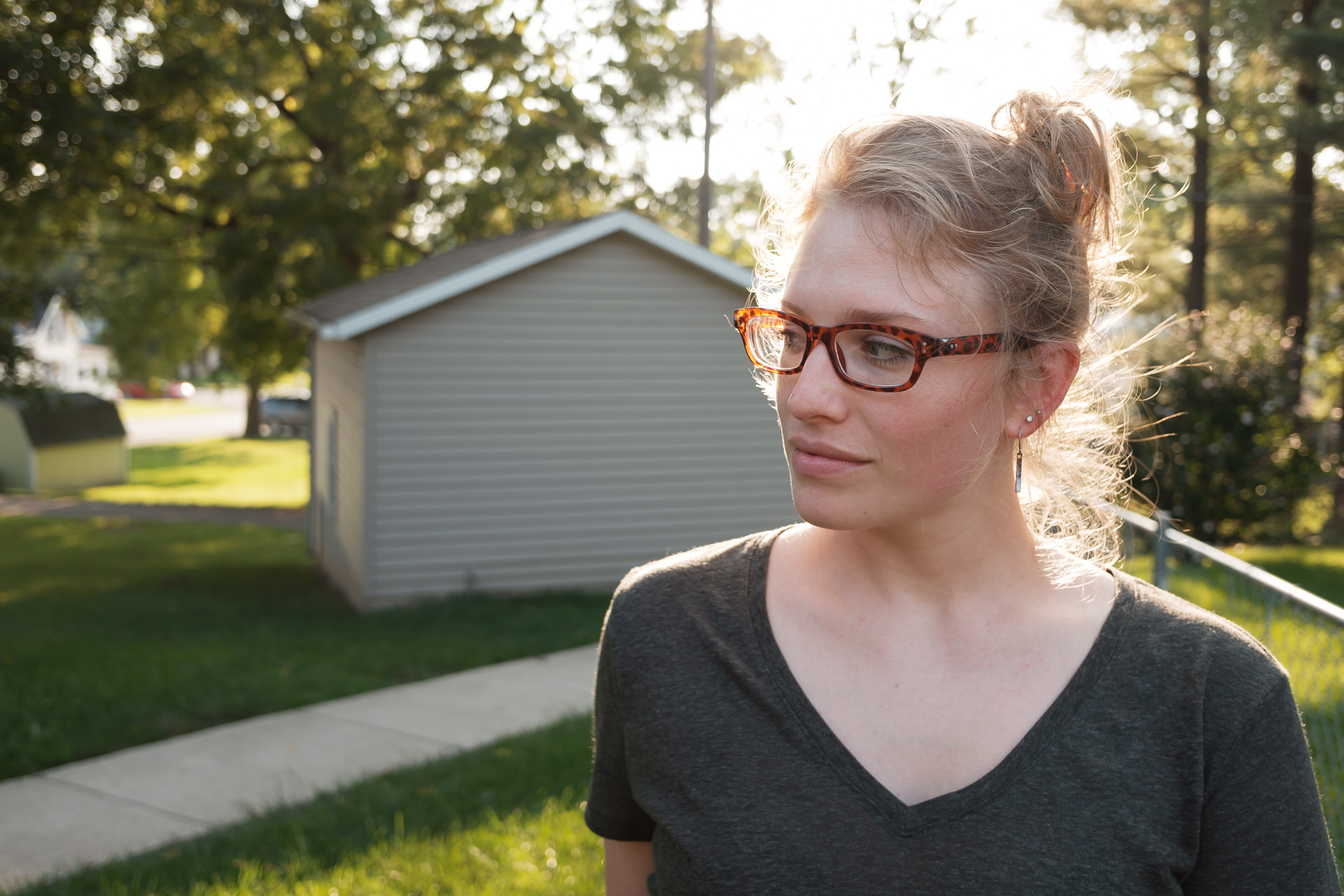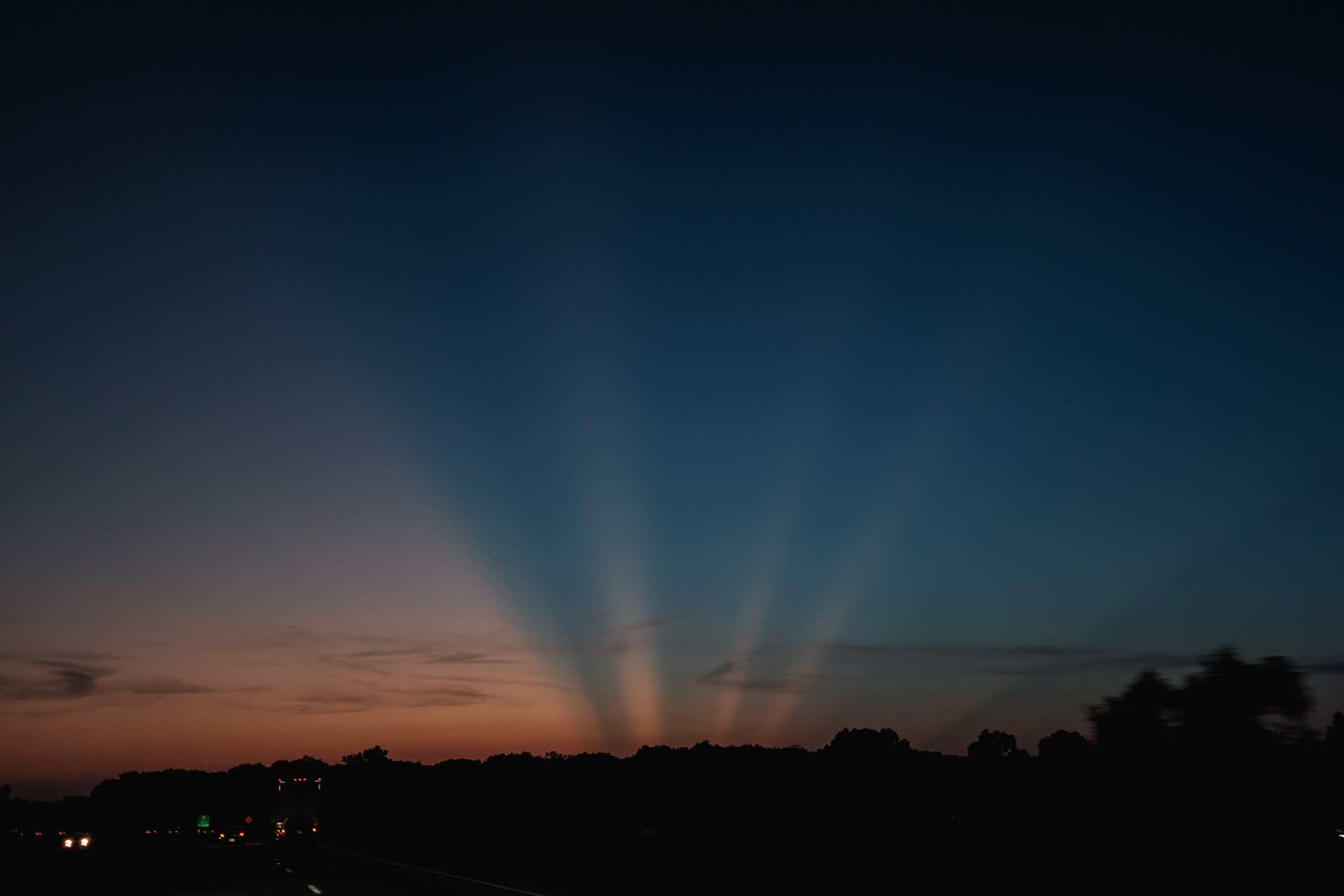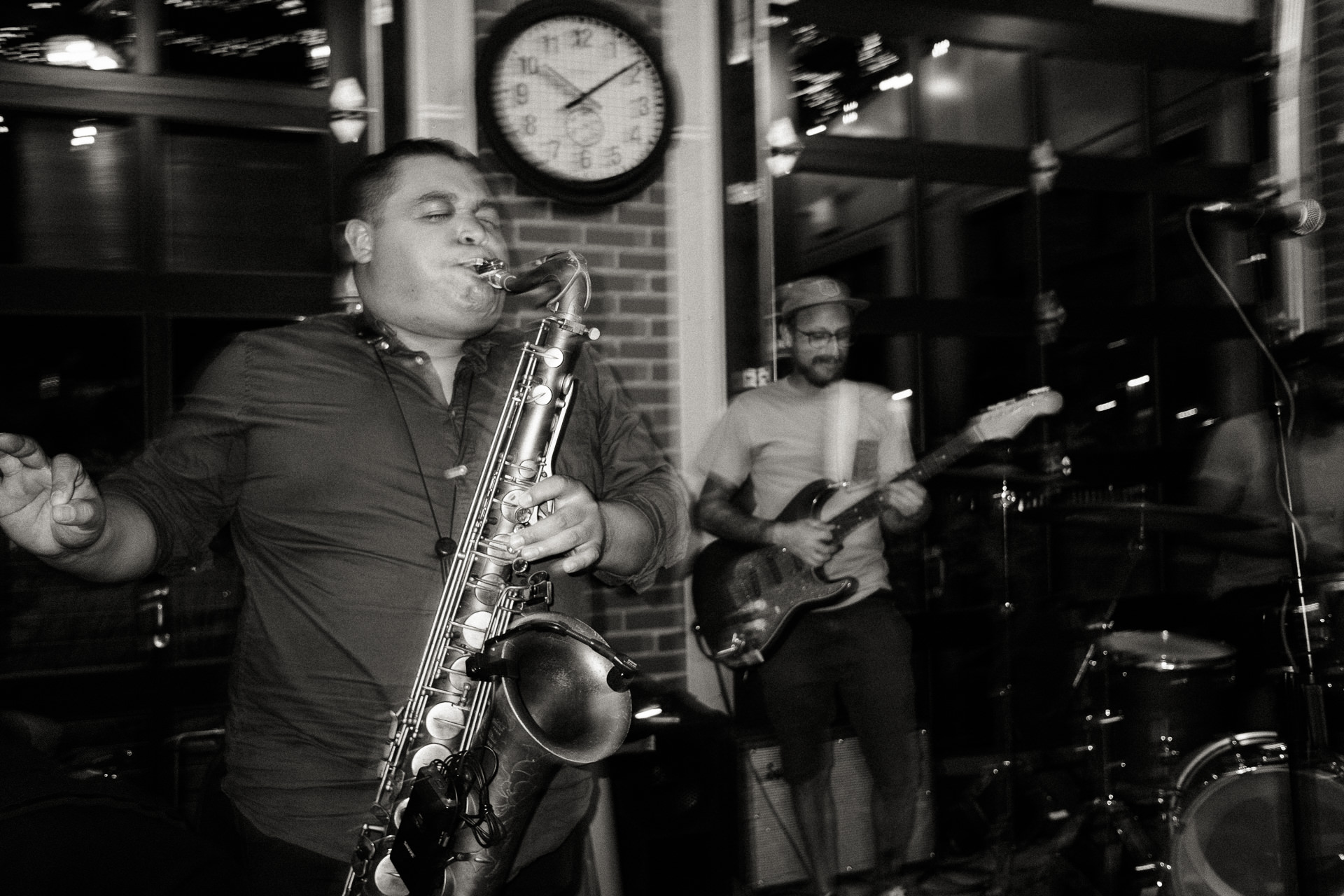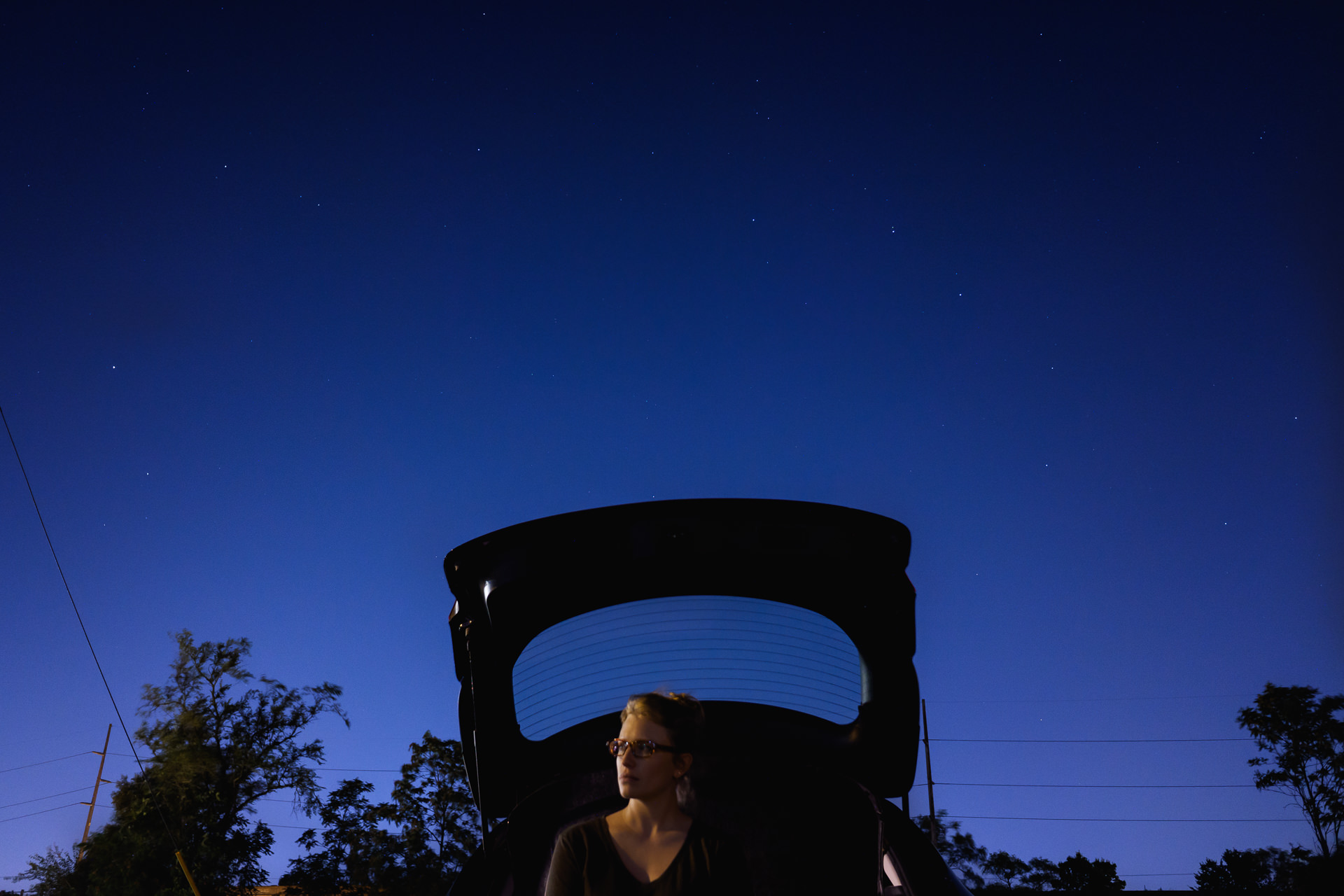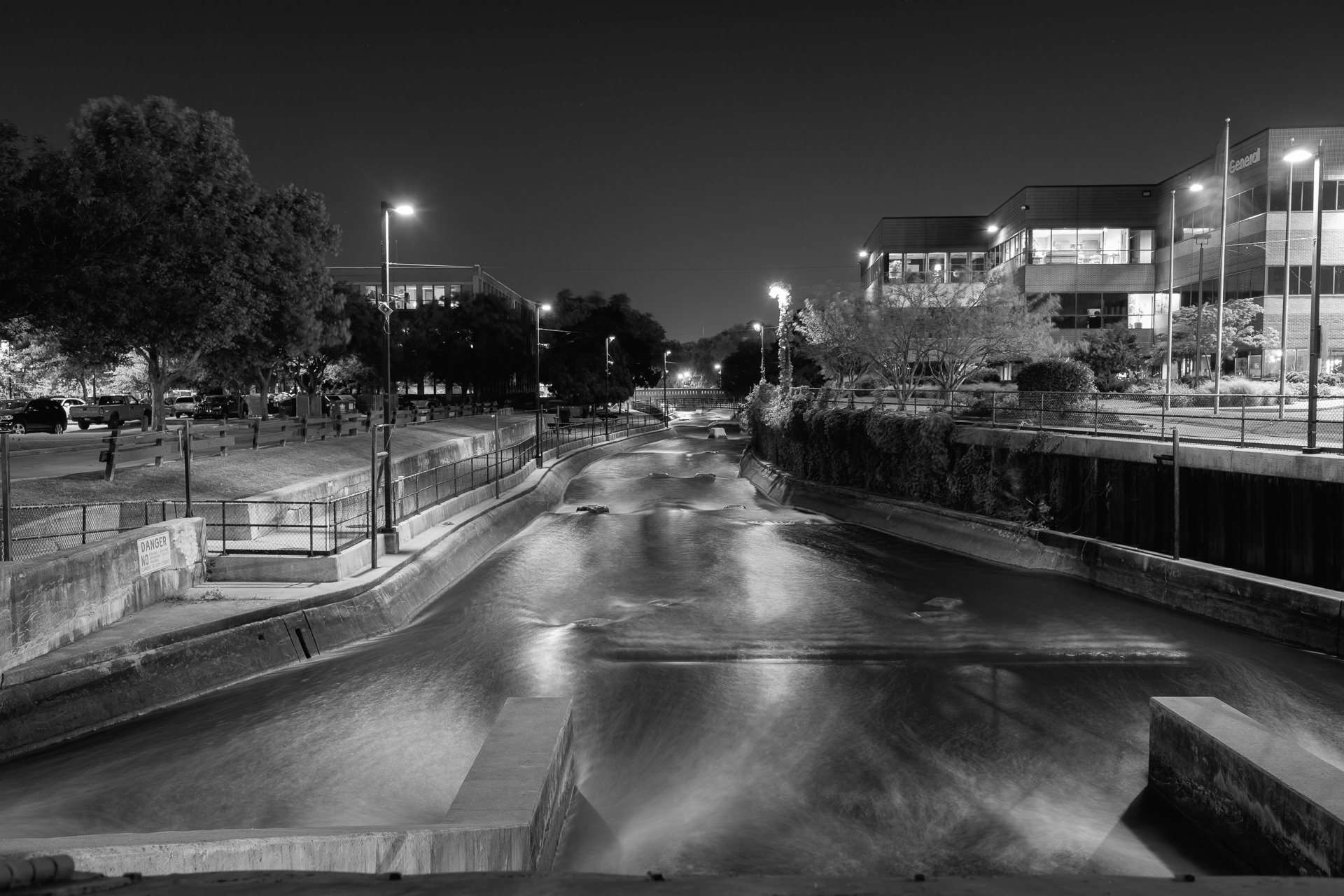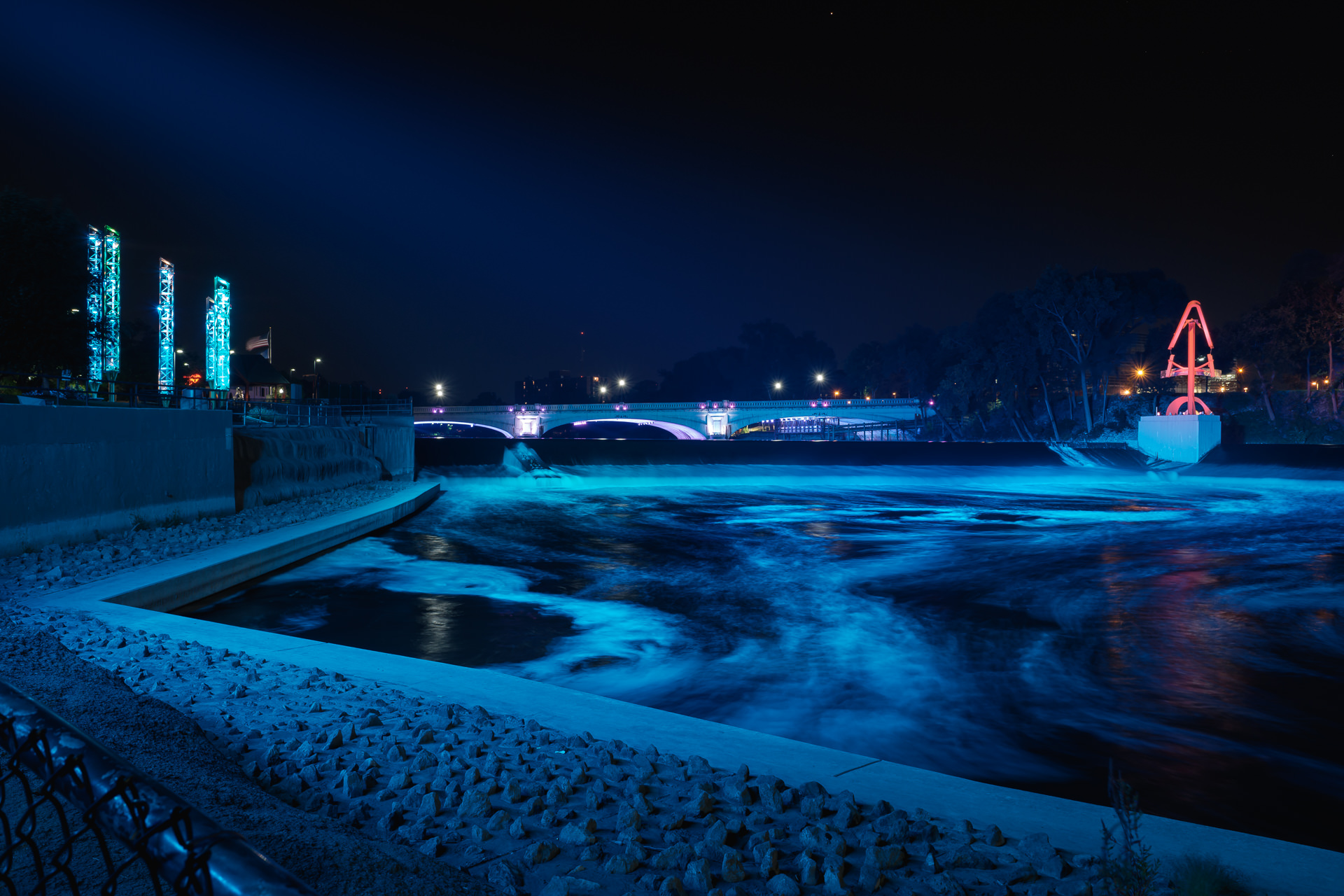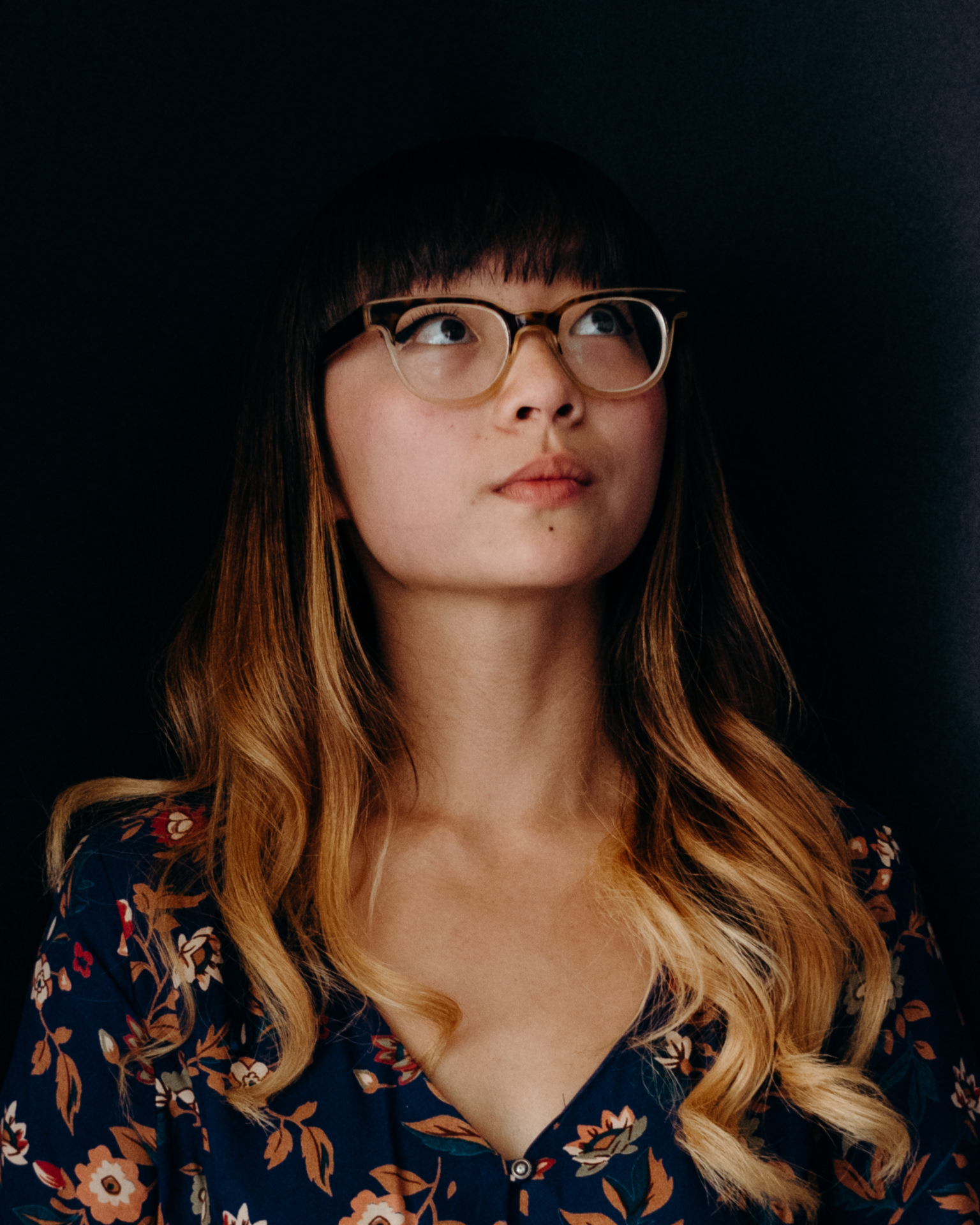In many ways, this camera makes no sense for me to be excited about. I have a full kit of Canon gear with brilliant lenses, and lighting options. I have an iPhone 8+ with a portrait mode, and the advantage of always being on me. There's been a gap though. Plenty of times, there are moments I would like to capture in everyday life that deserve better than a cell phone, but would be detracted from by carrying or bringing out a 5d MkIV and fast prime lens or zoom. In addition, I would love to downsize my iphone and not worry about the camera, so I'm not carrying a slab in my pocket. I would love the largest sensor I can get in the smallest package I can get, to be a daily carry that works well with a phone, but isn't dependent on it.
Additionally, there are many times I would like to explore for an instagram meetup or just an adventure where I don't want to bring out the big guns for free. The Canons are work cameras. The lenses are huge, and using them for every free thing I do, kills the value and enjoyment of using them for the paid assignments I get. The Fuji XF10 seemed like a nice way to achieve that balance.
I'm not a big guy, and I can palm this camera.
compared to an iPhone 8+. The Fuji xf10 is definitely thicker, but fits easily into a jacket pocket, and fairly easily into a jean pocket if you prefer a looser fit.
The XF10 packs an APS-C sensor into a surprisingly small camera, combined with an 18.5mm f/2.8 lens that seems to be carried over from the x70. The full-frame equiv of 28mm is close to a standard cell phone camera, but more importantly for me, it's one of my favorite all-around fields of view.
Unpacking was a simple process. I had the camera up and running in min. The first thing it will do is ask to pair with a smartphone which I did immediately, and downloaded the Fujifilm Cam Remote app. Syncing and setup was simple. Here are a few initial photos, processed in Lightroom using mostly a slightly modified Classic Chrome profile (RAW support already exists, which was a nice surprise). I'll give my thoughts on the experience as well as missing features and competitors at the end.
Setup was fairly straightforward on this camera. I liked the ability to customize buttons and the ring around the lens to what I wanted. Startup is quick enough, the battery lasts for a reasonable amount of time (always carry an extra though), and the bluetooth connection makes transfer of images a bit quicker. I found that setting up image orders was more cumbersome than just browsing in the app, so now I just connect using the app, but it's nice that the bluetooth connection makes firing up the wi-fi easier to enable the transfer (I shoot in RAW+JPEG, so I can import RAWs for the photos I love, but also shoot a quick shot over to my phone for social media posts). I also love the ability for all manual controls, and I frequently use them, including manual focus which has options for zooming as focus assist, as well as focus peaking. Another great thing is that you don't need a dedicated macro mode to get close, and the lens doesn't lose sharpness close up, like the x100. Bravo.
Here are things that are missing or less great...
First off, focus speed, especially in low light. It's just mediocre. I'm spoiled by 5d mkIVs and I understand that I need to be realistic, but you will miss shots if you rely on autofocus to work quickly. I have a feeling that's why Fuji keeps emphasizing snap mode, which is fine, but not really as groundbreaking as anyone says. Street shooters have been pre-focusing for years.
Here's every x70 shooter ever.. "but it doesn't have a hotshoe, or flippy screen, or filter threads, waaah!" Yeah, I don't care. If I'm bringing out speedlights, they would look and feel stupid on a camera this small. Even a remote would, and I have other cameras for that. Also, I don't need a viewfinder, and I don't want a hotshoe catching on my pocket. I'm torn on the flippy screen. They are nice. They can break (admittedly rarely), and they add size and cost. I love the idea of a stripped down tiny image machine with fewer breakable things. I haven't had trouble seeing the angles I need with the screen, but to each their own. I also understand the filter threads thing, but it's not a concern for me. If that is a concern, you have your answer here.
It also doesn't have an x-trans sensor, instead putting in a Bayer array. I personally am thankful. X-trans makes huge files that lightroom hates. They have always been a minus, not a plus for me. I sold my x100T in a large part because of that.
Other nitpicks: The touch screen doesn't respond particularly quickly, but it's fast enough. Since this is one of the lower priced APS-C cameras, Fuji didn't include a charger, instead opting for a cord to charge the battery in-camera. That's barely functional, and I bought a few extra batteries and charger on Amazon before the camera even got here.
To me, the closest competitors are the Ricoh GR II, and the x100 series of Fuji cameras. Ricoh on paper is clearly what Fuji was gunning for. I haven't shot one, so I'm not qualified to comment, but the consensus I'm seeing is that Fuji wins with updated sensor, and general interface, but loses on lens sharpness and lack of hotshoe. I personally would not want a sharper lens than this one, so that's not a loss here, and I love the fuji colors. Hotshoe was addressed above, which makes it an easy choice for me. The Fuji x100 is a brilliant camera, but close focus softness, size difference, and the fact that it is nearing 3 times the cost, also made my choice an easy one, for the things that I wanted. I also found myself frustrated with the 35mm field of view for general architecture and street scenes, which occupy a lot of my daily shooting. I have portrait cameras if I need a more flattering reach.
Overall, I'm a big fan of this camera. Will it do everything? No. Will it be my perfect daily carry? Yes. The size is right. The price is right. The image quality is right. It's a stripped down image maker, that I will never feel guilty about trusting my everyday memories to. It's not intimidating to subjects. It won't ruin my month if it's stolen (although I hope it's not). It can transfer quickly enough to make my social media posts. I call it a win.
Update. Been shooting a bit more, and had some requests for close detail, so here you go. This is a raw file processed in Lightroom, but my own favorite presets, not LR's profiles for fuji. Next up is a zoom of the same photo.
at a significant zoom. Settings are ISO 200, f/2.8, 1/75 shutter.
Another one.
And the zoom in. Settings are ISO 500, f/2.8, 1/80th shutter.
One more zoom in from an earlier photo. ISO 200, f/4.5, 8 second exposure.

